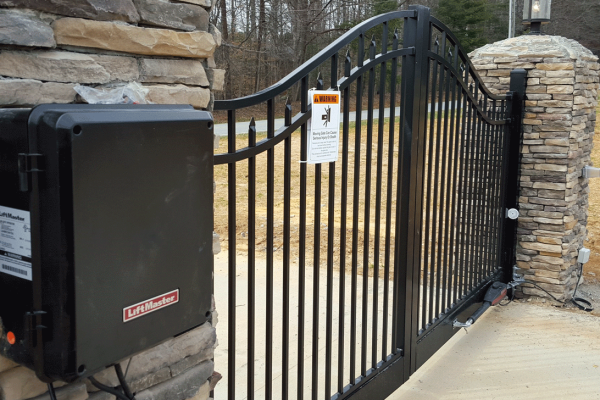What Challenges does the RoHS Overcome Regularly to Safeguard the Environment?
The electronics sector has found it increasingly challenging to comply with the evolving environmental rules, particularly during the past few years. Having the latest information has been like attempting to hit a moving target as environmental regulation changes. As additional limitations are imposed, more documentation is needed to demonstrate compliance.
Test results and certificates of compliance have been no longer sufficient to prove compliance. Getting complete materials declarations has been the best way to manage compliance. By doing this, it would be possible to continuously check compliance when environmental legislation has been updated. However, to track compliance data as new compounds are made subject to restrictions.
New Obstacles
Manufacturers must overcome numerous obstacles to assess whether the items they make adhere to all applicable laws; a simple compliance check has no longer become sufficient. For instance, as a result of the RoHS II upgrade, exceptions are now restricted to a four-year period after which they must be reevaluated. This calls for a review of the compliance status of prohibited elements as well. In addition, the RoHS directive is considering additional compounds for inclusion. Maintaining compliance with REACH (Registration, Evaluation, Authorization, and Restriction of Chemicals) regulations is a significant burden for producers.
As more SVHCs have been added to the Enviropass SCIP database every six months, this is a challenging undertaking. The List of candidates originally had 15 drugs and was introduced in 2008.
Overcoming challenges
Verifying the veracity of the manufacturer’s statistics could be a huge challenge, especially when it comes to keeping up with the constantly evolving legislation. When completing materials declaration forms, numerous frequent errors are made. To guarantee that the information being provided is accurate, quality checks should constantly be carried out. Wrong use of CAS numbers, incorrect use of exemptions, and calculation errors are a few examples of frequent errors.
The good news has been the availability of technologies for environmental compliance that can assist reduces risk during data collecting. Services are offered to accommodate practically all compliance requirements. While some businesses choose to have the information recorded and supplied to them, others choose to employ a system that enables in-house data collection and management.
Various tools available
Manufacturers looking forward to outsourcing the data collection procedure linked to environmental compliance can use supply chain services. These businesses normally handle the procedure from beginning to end by completing a preliminary BOM cleanse and identifying any problematic portions. For environmental data, the provider is then contacted.








